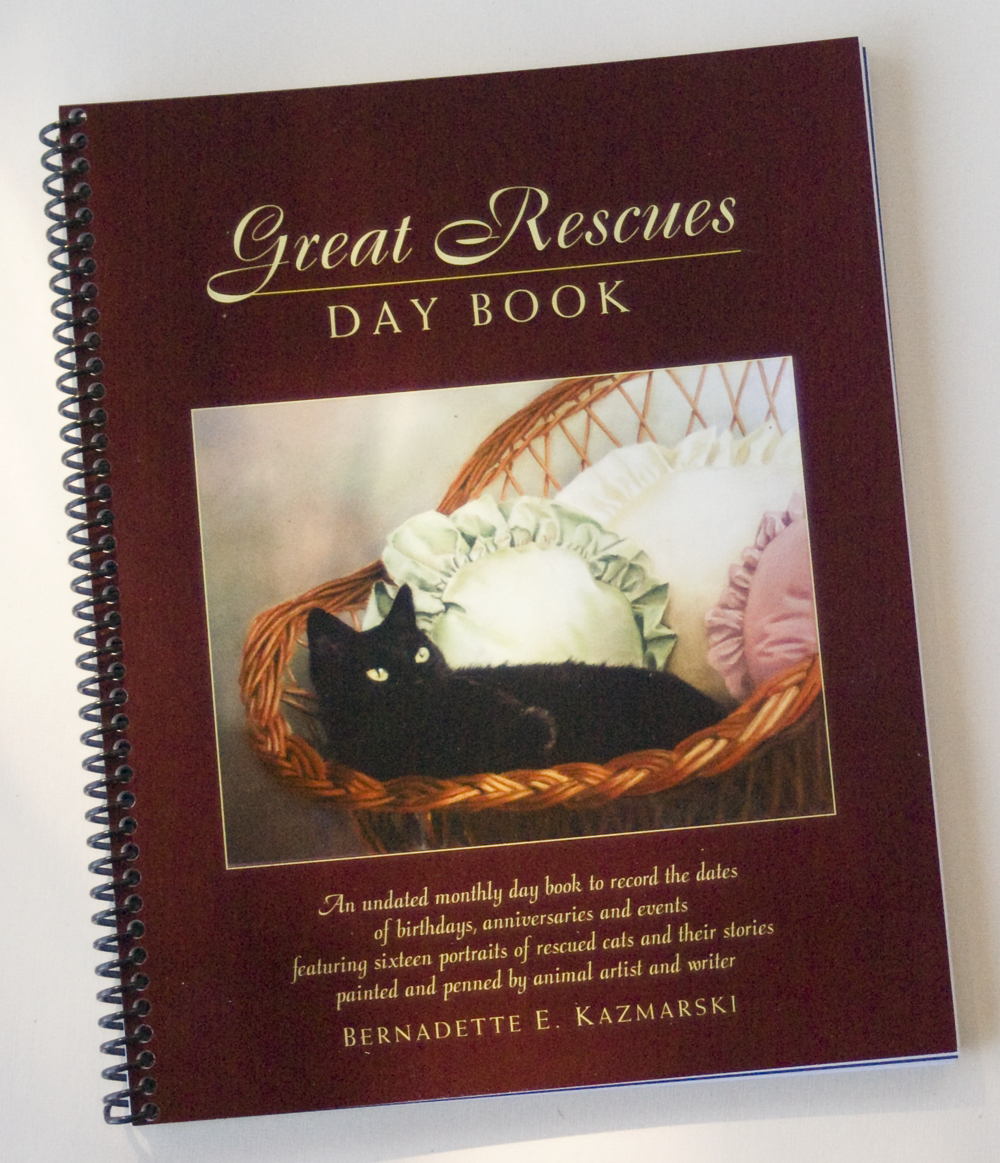Humans, Pets, and the Coronavirus

This illustration [above], created at the Centers for Disease Control and Prevention (CDC), reveals ultrastructural morphology exhibited by coronaviruses. Note the spikes that adorn the outer surface of the virus, which impart the look of a corona surrounding the virion, when viewed electron microscopically. A novel coronavirus, named Severe Acute Respiratory Syndrome coronavirus 2 (SARS-CoV-2), was identified as the cause of an outbreak of respiratory illness first detected in Wuhan, China in 2019. The illness caused by this virus has been named coronavirus disease 2019 (COVID-19).
Early on, the coronavirus that came to be called COVID-19 was speculated to be zoonotic, meaning it originated in an animal but could then infect humans. Could it also be spread from humans to animals by reverse zoonosis?
Zoonosis and reverse zoonosis
Some pathogens are able to infect many species including humans, domestic and wild animals, particularly RNA-based viruses. Pathogens originating in one species and moving to infect another, especially moving between animals and humans, is the concern.
When infectious pathogens move between animals and humans it’s usually from animals to humans and called “zoonosis”. Examples of these zoonotic diseases include toxoplasmosis, rabies, Lyme, salmonella and E. coli infection, swine flu, bird flu, and many more.
But pathogens moving from humans to animals in“reverse zoonosis” or “anthroponosis” has had very little study, though cases of bacteria, viruses, parasites and fungi have been reported in medical literature. In the 1990s both MRSA (Methicillin-resistant staphylococcus aureus) and tuberculosis were found to be transmitted from humans to their pets, and in 2009 a cat died of pneumonia caused by H1N1 influenza with which her human caretaker had been diagnosed. With the increase in households with pets as well as interactions between wildlife, humans and pets, animals moved around the world for food and black market trades, more study is needed.
Background on COVID-19
The name is given by the World Health Organization (WHO), derived by ‘CO’ for ‘corona,’ ‘VI’ for ‘virus,’ ‘D’ for disease, and 19 for the year it was discovered. Prior to this naming it was referred to as “2019 novel coronavirus” or “2019-nCoV” and may appear under that name.
Coronaviruses are a family of viruses common in many different species of animals, including camels, cattle, cats (like the coronavirus associated with FIP), and bats. In rare cases animal coronaviruses can infect people and then become infectious among people such as MERS-CoV and SARS-CoV. The new virus is classed SARS-CoV-2. All three viruses are called betacoronaviruses and have their origins in bats.
After people in Wuhan, China began presenting with a specific pneumonia who also had a link to the “wet market”, a large seafood and live animal market in that city, the infection was presumed to have begun with an animal in the market, but soon others began to present who had no connection with the market which indicated a human-to-human spread.
Are our pets in danger?
The AVMA reported that on Friday, February 28 a dog in Hong Kong whose owner had been diagnosed with COVID-19 tested with a “weak positive” for the virus on a nasal swab. The provenance of the test was unknown, though, and the meaning of the weak positive is unclear. According to their article the US Centers for Disease Control (CDC) report no animals diagnosed with COVID-19, and no evidence that pets can contract the disease, and “multiple international health organizations have indicated that pets and other domestic animals are not considered at risk for contracting COVID-19”.
The World Small Animal Veterinary Association (WSAVA) has a statement and FAQ regarding humans, pets and this COVID-19. Right now WSAVA and others feel, because COVID-19 is being transmitted human-to-human, that the likelihood of it transmitting from human to animal is very small.
We do not yet know if animals can get infected. We also do not know if they could get sick from this new coronavirus. Currently there is no evidence that pets or other domestic animals can be infected with this new coronavirus. Additionally, there is currently no evidence that pets or other domestic animals might be a source of infection to people with the new coronavirus. This is a rapidly evolving situation and information will be updated as it becomes available.
If you are sick with any flu symptoms they recommend:
Do not handle pets or other animals while sick. Although there have not been reports of pets or other animals becoming sick with 2019-nCoV, several types of coronaviruses can cause illness in animals and spread between animals and people. Until we know more, avoid contact with animals and wear a facemask if you must be around animals or care for a pet in order to protect the pet from the possibility of disease transmission.
Aside from yourself, try to keep your pets away from possible disease transmission.
If your pet becomes ill and was in contact with a human diagnosed with COVID-19, call your veterinarian and describe the situation and ask when you can safely take your pet to the clinic. DO NOT take your pet to any clinic until you have made arrangements with the clinic.
Keep your pet in your emergency preparedness plans
As always, if it comes down to an emergency situation, keep your pets protected as part of your emergency preparedness plan. Supply chain issues may be a bigger problem than disease transmission to pets because many medications and food ingredients come from China, so stock up as much as possible on medications and foods to ensure you’ll have enough.
What is being done for and with animals worldwide?
The World Organisation for Animal Health reports the following responsibilities of the international veterinary community for pets, domestic animals and wildlife.
- The detection of COVID-19 virus in animals meets the criteria for reporting to the OIE through WAHIS, in accordance with the OIE Terrestrial Animal Health Code as an emerging disease.
- Therefore, any detection of the COVID-19 virus in an animal (including information about the species, diagnostic tests, and relevant epidemiological information) should be reported to the OIE.
- It is important for Veterinary Authorities to remain informed and maintain close liaison with public health authorities and those responsible for wildlife, to ensure coherent and appropriate risk communication messages and risk management.
- It is important that COVID-19 does not lead to inappropriate measures being taken against domestic or wild animals which might compromise their welfare and health or have a negative impact on biodiversity.
And as for you…
As always, the best way to avoid transmission of any airborne virus right from the CDC website:
- Avoid close contact with people who are sick.
- Avoid touching your eyes, nose, and mouth.
- Stay home when you are sick.
- Cover your cough or sneeze with a tissue, then throw the tissue in the trash.
- Clean and disinfect frequently touched objects and surfaces using a regular household cleaning spray or wipe.
- Follow CDC’s recommendations for using a facemask.
- CDC does not recommend that people who are well wear a facemask to protect themselves from respiratory diseases, including COVID-19.
- Facemasks should be used by people who show symptoms of COVID-19 to help prevent the spread of the disease to others. The use of facemasks is also crucial for health workers and people who are taking care of someone in close settings (at home or in a health care facility).
- Wash your hands often with soap and water for at least 20 seconds, especially after going to the bathroom; before eating; and after blowing your nose, coughing, or sneezing.
- If soap and water are not readily available, use an alcohol-based hand sanitizer with at least 60% alcohol. Always wash hands with soap and water if hands are visibly dirty.
References:
Centers for Disease Control (CDC)
Coronavirus Disease 2019 (COVID-19) (https://www.cdc.gov/coronavirus/2019-ncov/faq.html)
Prevention & Treatment (https://www.cdc.gov/coronavirus/2019-ncov/about/prevention-treatment.html)
Coronavirus Disease 2019 (COVID-19) Situation Summary (https://www.cdc.gov/coronavirus/2019-nCoV/summary.html#anchor_1580079137454)
American Veterinary Medical Association (AVMA)
What do you need to know about coronavirus? (https://www.avma.org/blog/what-do-you-need-know-about-coronavirus)
World Organisation for Animal Health (OIE)
Questions and Answers on the 2019 Coronavirus Disease (COVID-19)( https://www.oie.int/scientific-expertise/specific-information-and-recommendations/questions-and-answers-on-2019novel-coronavirus/)
World Small Animal Veterinary Association
WSAVA Scientific and One Health Committees ADVISORY DOCUMENT The New Coronavirus and Companion Animals – Advice for WSAVA Members
(https://wsava.org/news/highlighted-news/the-new-coronavirus-and-companion-animals-advice-for-wsava-members/)
Medical News Today
Types of zoonotic diseases (https://www.medicalnewstoday.com/articles/320618#prevention)
Reverse Zoonosis: Can your pet make you sick? (https://www.medicalnewstoday.com/articles/316624#Early-research-into-human-to-animal-pathogens_
Study
Diseases of humans and their domestic mammals: pathogen characteristics, host range and the risk of emergence. (https://www.ncbi.nlm.nih.gov/pubmed/11516377)
Read more articles about Health and Safety and Emergency Preparedness.
Gifts featuring cats you know! Visit Portraits of Animals
Fine Art • Photography • Gifts • Greeting Cards • Books • Commissioned Portraits & Artwork
Great Rescues Day Book:
Portraits, Rescue Stories, Holidays and Events, Essential Feline Information, All in One Book

This information is part of what’s available in Great Rescues Day Book!
Each month features one of my commissioned portraits of a feline or felines and their rescue story along with a kitty quote on the left page, and on the right page the month name with enough lines for all possible dates, with standard holidays and animal-themed observances and events. Great Rescues also includes a mini cat-care book illustrated with my drawings including information on finding strays or orphaned kittens, adopting for the first time or caring for a geriatric cat, a list of household toxins and toxic plants, or helping stray and feral cats and beginning with TNR.
Each book includes also 10 sheets of my “22 Cats” decorative notepaper with a collage of all the portraits in black and white so you can make your own notes or write special notes to friends.
The portraits in this book, collected as a series, won both a Certificate of Excellence and a Muse Medallion in the 2011 Cat Writers’ Association Annual Communication Contest, as well as the 22 Cats Notepaper mentioned below.

Copyright
All images and text used on this site are copyrighted to Bernadette E. Kazmarski unless otherwise noted and may not be used without my written permission, although links to your site are more than welcome and are shared. Please ask if you are interested in using and image or story in a print or internet publication. If you are interested in purchasing a print of an image or a product including it, check my animal and nature website Portraits of Animals to see if I have it available already. If you don’t find it there, visit Ordering Custom Artwork for more information on a custom greeting card, print or other item.
Subscribe to my e-newsletter
Subscribe to The Creative Cat Preview E-newsletter.
© 2022 | www.TheCreativeCat.net | Published by Bernadette E. Kazmarski
Weekly schedule of features:
Sunday: Essays, Pet Loss, Poetry, The Artist’s Life
Monday: Adoptable Cats, TNR & Shelters
Tuesday: Rescue Stories
Wednesday: Commissioned Portrait or Featured Artwork
Thursday: New Merchandise
Friday: Book Review, Health and Welfare, Advocacy
Saturday: Your Backyard Wildlife Habitat, Living Green With Pets, Creating With Cats
And sometimes, I just throw my hands in the air and have fun!




Pingback: Pets and COVID-19: Infected By Humans ~ The Creative Cat
Pingback: Give Your Cat, And Yourself, A New Routine While Staying At Home ~ The Creative Cat
Pingback: Big Cats, Little Cats, and the Coronavirus ~ The Creative Cat
Pingback: The Kitten Apocalypse is Coming, Pause TNR and Prepare ~ The Creative Cat
Pingback: COVID-19 and Your Veterinary Visits ~ The Creative Cat